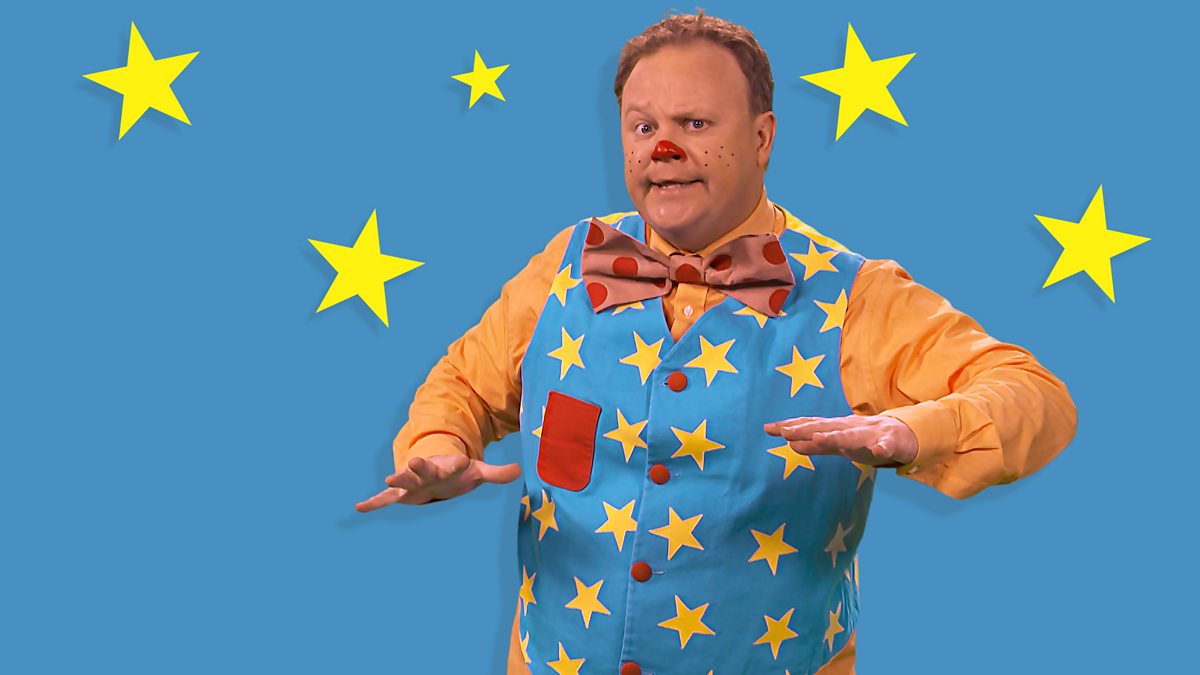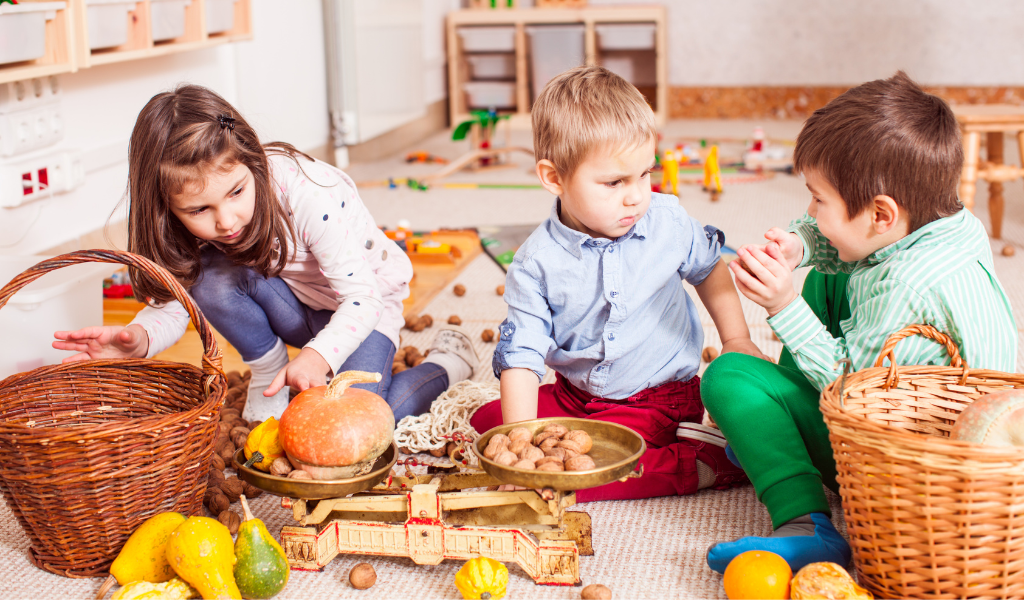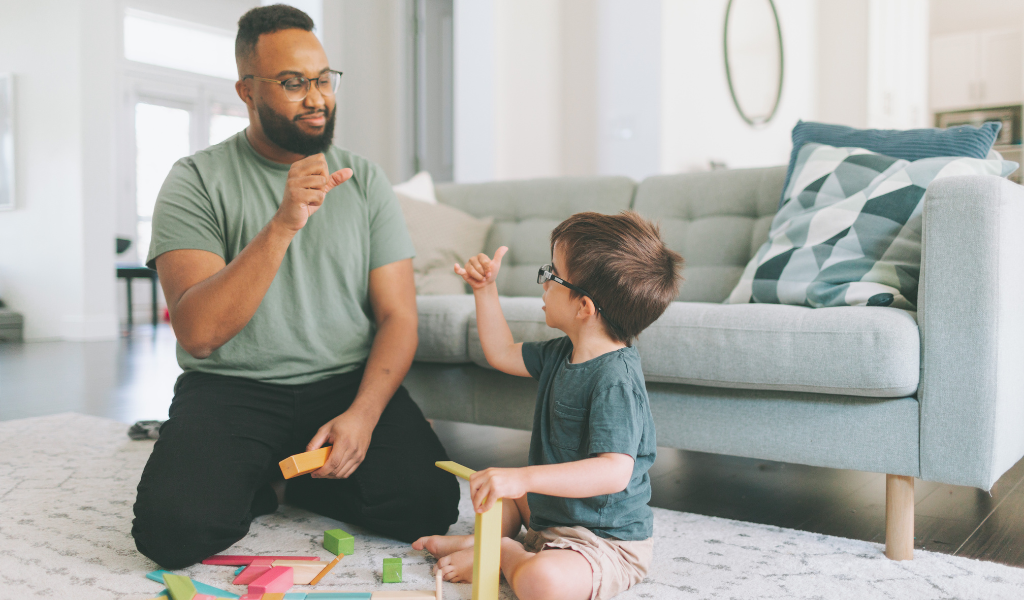In this article we turn to special school headteacher and Makaton tutor, Gary Coffey, to highlight the importance of the Makaton Language Programme and to explore why we should use Makaton for all children.
Makaton is a well-established language programme that was created in the late 1960s. It was developed by Margaret Walker and a team of Speech and Language Therapists and can be used with children and adults who have a range of communication difficulties and/or learning disabilities.
Makaton uses multi-modal communication to ensure that everyone is able to be understood (expressive) and to better understand what is being communicated to them (receptive). But what is ‘multi-modal’ communication? This simply means using more than one mode of communication at any one time. Makaton promotes the use of:
When we use Makaton, we always try to use these modes of communication as they help to convey the total message and provide support for the child.
Makaton has quickly become a well-recognised and well used language programme, which has been supporting children and adults for decades. The rise in popularity of programmes such as Mr Tumble (CBeebies) and singing/signing groups such as Singing Hands (YouTube) has allowed the mainstream media to promote Makaton more widely.
 Image: BBC
Image: BBC
There are a number of key aims that Makaton seek to promote through their work:-
We want every child and young person to be able to engage fully with the world around them and be active members of their environment – be this a nursery setting, class group or family. We can do this by providing the child with the ‘tools’ to be fully expressive and receptive to the communication taking place.

There has been an increase in the number of children diagnosed with communication difficulties in recent years1, which mirrors an increase in those children attending mainstream nurseries and schools. Your knowledge of Makaton will help to support a child’s transition into your setting when they join you. This will promote greater engagement and understanding as they grow and learn.
1 Research & Analysis – Chapter 1: education and children’s social care, 2020
There have been many research projects over the past 50 years which have explored and highlighted the benefits of using Makaton in a range of settings. These can be found on the Makaton website too. By using Makaton consistently, the programme has been proven to support children to:
The Makaton Language Programme allows us to be very flexible in our approach to teaching and using signs. For example, there are key signs in Stage 1 that include members of a child’s family – Mum, Dad, Brother, Sister. However, we can swap these for alternatives if it is more appropriate and meaningful to the child.

Research has also focused on the positive outcomes for families too, with one particular study referring to the positive impact that Makaton Signs, Speech and Symbols had on fostering relationships between the child and their immediate family2. Therefore, we also promote free Makaton training for families too.
2 Ford, J, Enhancing Parent and Child Communication: Using Makaton Signing for Babies 2006
It is important for everyone that the child interacts with to have some understanding of the signs and symbols used – so that communication is consistent. Imagine if you could only interact with one person during the day – how would that make you feel?
The Makaton Charity is a registered charity that offers a range of free and paid for training and resources. Their website is full of useful information, as well as a FAQ section that explores many commonly asked questions:
We encourage as many professionals as possible to engage with the training, which begins with Taster Sessions and Level 1 Workshops. These cover the most frequently used concepts (words) and also identify some of the positive ways that you can begin to implement a communication rich environment in your setting – whether this be a childminder, nursery or school.
By engaging with the Makaton Language Programme, you will be promoting equal opportunities for all children and their families and securing a provision that meets the needs of all.

Gary is the executive headteacher of a Federation of two special schools and one specialist college in Birmingham.
Gary has worked within the early years sector, within both mainstream and special educational needs. He has also supported the development of a special educational needs strategy with the Department of Education and Knowledge in Abu Dhabi.
He is passionate about ensuring that every child has access to a meaningful and inclusive education, which supports their wider life goals and development. He is also a Makaton regional tutor and uses his knowledge of communication to support his work in providing inclusive practice for all children.